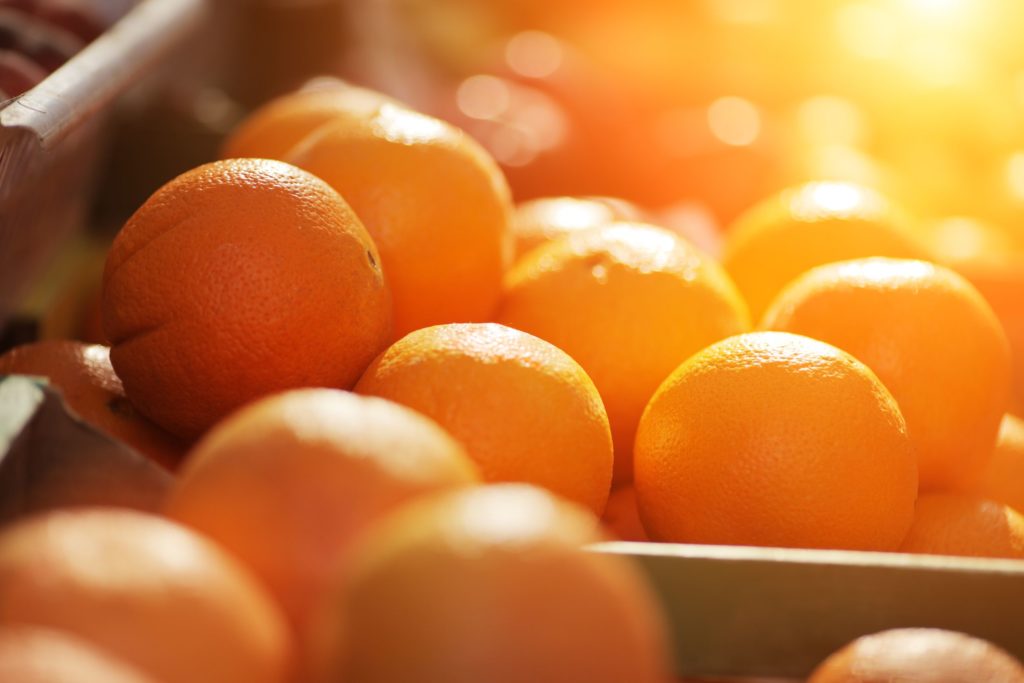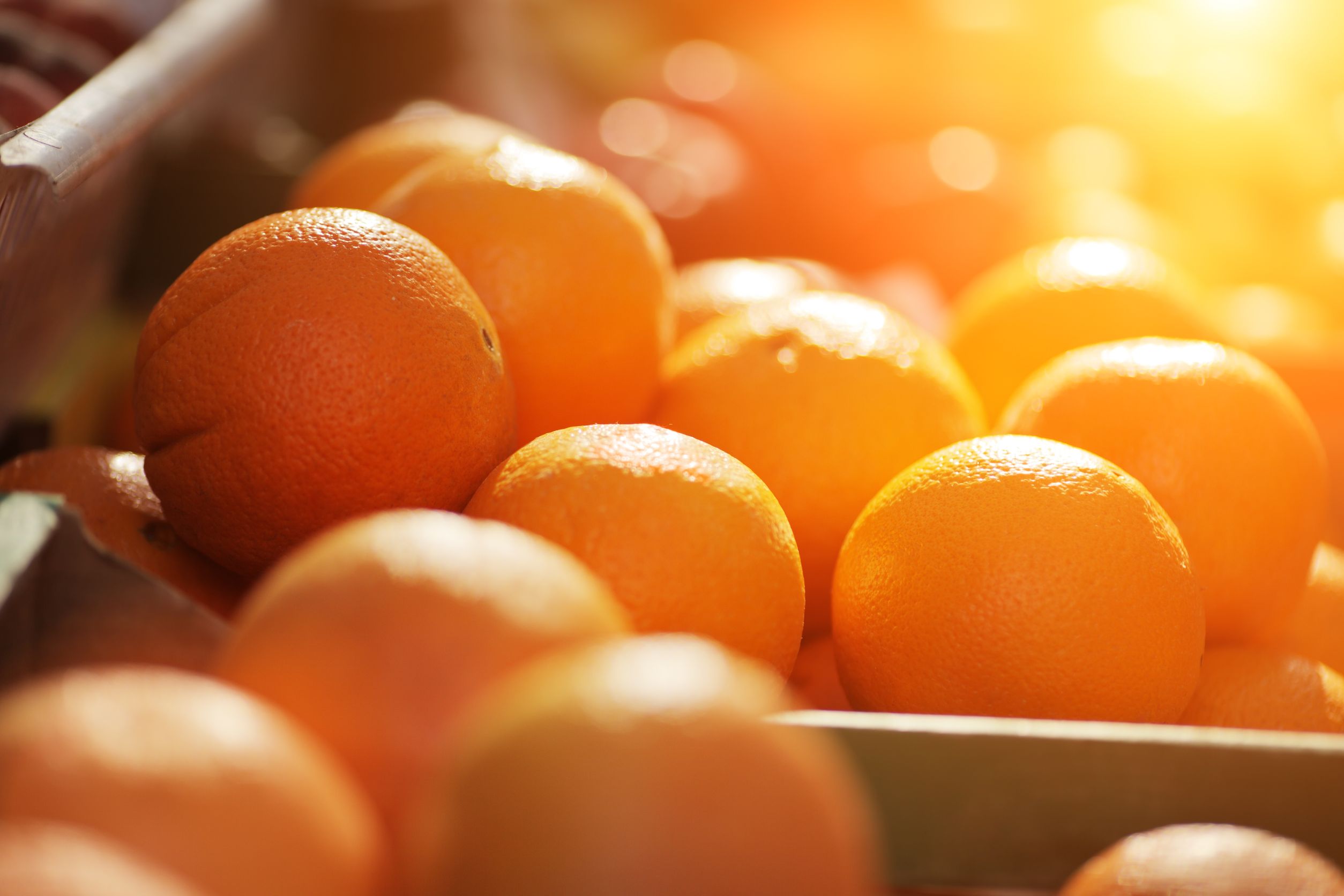
So what’s the deal with sugar? Is it true that sugar feeds cancer? Can it cause cancer to grow and multiply? But I thought sugar feeds healthy cells too? Does that mean I shouldn’t eat fruit? What am I supposed to do?
I hear these questions almost every day in my work with cancer patients. In this blog post I want to get to the heart of why sugar is a problem when it comes to cancer and what that means for you.
The Backstory
While researchers continue to investigate the connection between sugar and cancer, there is accumulating evidence that sugar consumption is associated with increased cancer risk, recurrence, and mortality.
Many cancer cells do selectively depend on glucose for energy. Some estimates suggest they use 50 to 100 times the amount of glucose as healthy cells!!
That said, all macro-nutrients can be used as fuel for both healthy and cancer cells. So although we want to be mindful of our total sugar intake, we can’t ignore other sources of calories as well.
There are many possible ways in which sugar can increase cancer risk. High blood sugar levels in the body have been shown to:
- Increase DNA mutations
- Increase tumor survival
- Increase proliferation, invasion, and migration of cancer cells
- Increase insulin and insulin-like growth factors
Insulin is an especially interesting factor in the growth of cancer. It is thought to be a powerful growth stimulant especially for breast, prostate, and colon cancers. This may be because some cancer cells, like breast cancer cells, have more insulin receptors on their surface allowing them to respond more than normal cells to insulin’s ability to promote growth.
The Research
Research suggests that the higher the glycemic load of a person’s diet, the more at risk that person is for cancer; especially cancers of the breast, endometrium, colon, prostate, liver, and pancreas. This probably explains why Diabetics are more prone to these exact cancers.
For those folks who have already been diagnosed with the above cancers, a higher glycemic load diet increases risk for recurrence and decreases survival rates. This is true for brain cancer as well. To review the research in more detail you can read this article I helped write, with references, on the Osher Center Cancer Nutrition website.
A high glycemic load diet also increases one’s risk for obesity so we can’t discount the connection to those cancers where obesity is a known risk factor; such as cancers of the esophagus, pancreas, colon, rectum, post-menopausal breast, endometrium, kidney, thyroid, gallbladder, and stomach.
Before you start feeling worse about being overweight keep in mind that weight is only part of the picture when looking at cancer. The causes of cancer are complex and multi-factorial. Despite what the number says on the scale, the actions you take to improve your diet and lifestyle will have far-reaching positive effects on decreasing your risk.
What is Glycemic Load
Glycemic load is calculated as the Glycemic Index of a food multiplied by the grams of carbohydrate per serving size.
Glycemic index basically tells us how quickly a food digests into glucose and raises your blood glucose levels. The higher the glycemic index, the faster it raises blood sugar.
Added sugars increase the total glycemic load of your diet but this actually extends to refined and processed carbohydrate intake as well as total carbohydrate intake. We will explore total carbohydrate intake and cancer further in an upcoming blog post.
What Should You Do
So where does all this leave you? You definitely need to be mindful of your total sugar intake. The research is supporting this. But how can you continue to live your life, enjoy food, and still participate in celebrations and holidays while taking into account this information?
Here’s my list of where I think you should start.
Balance Meals – Balance your carbohydrate intake with protein and healthy fat. Avoid eating carbohydrate by itself. Follow this rule even for snacks. This will keep your blood sugar steady and prevent surges of insulin through your blood stream.
 Be Mindful of Portions – Keep your intake of carbohydrates to 1/4 of your plate. Avoid the large bowl of pasta or rice as the center of the meal.
Be Mindful of Portions – Keep your intake of carbohydrates to 1/4 of your plate. Avoid the large bowl of pasta or rice as the center of the meal.
Choose Low Glycemic Foods – Choose carbohydrates that are full of fiber and low in glycemic load. Whole fruit, even bananas, are actually low in glycemic load because of their fiber content, so don’t feel like you need to avoid fruit. Examples: most vegetables and fruits, beans, lentils, steel cut oats, barley, bulgur, brown rice, wild rice, quinoa, other whole and sprouted grains
Limit High Glycemic Foods – Limit your intake of high glycemic carbohydrates and when you do consume something on this list make sure it’s in a moderate portion and balanced with proteins and fats. Examples: russet potatoes, fruit juice, flaked or puffed cereals, instant oatmeal, rice cakes, pretzels, crackers, graham crackers, tortilla chips, french bread, white bread, bagels, english muffins
Limit Added Sugar – Avoid sugary drinks and choose whole fruit over fruit juice. Keep sweets (cookies, candy, ice cream, pastries, etc) to an occasional treat rather than a regular occurrence. Choose fresh seasonal fruit or a square of 70% dark chocolate for dessert. Also be careful of hidden sources of sugars: corn syrup (especially high fructose corn syrup), barley malt, dextrose, maltose, fruit juice concentrate, maltodextrin, dextrin, brown rice syrup, sorbitol, mannitol, evaporate cane juice, honey, maple syrup, beet sugar, agave nectar, etc.
Move More – Exercise and activity can use up glucose in the blood stream and help increase insulin sensitivity. Aim for at least 30 minutes of activity every day.
Add Spice – Some herbs and spices may help lower blood sugar levels in your body. Try to include the following as often as possible in your diet: cinnamon (ceylon), fenugreek, onions, garlic, chives, leeks, bay leaf, cloves
Take Home Message
You don’t have to completely avoid sugar to keep your risk for cancer low BUT you definitely need to be mindful of your choices.
Keeping your meals balanced and choosing mostly high fiber complex carbohydrates is essential. Limiting added sugars and moving your body more will also help keep blood sugar balanced and insulin in check.
And remember sugar is really only one piece of the equation. An important one but only one. Do what you can to apply other principles of an anti-cancer diet while removing the foods that may be sabotaging your goals of cancer recovery.
Download your Free Guide: The 4 Most Toxic Foods To Avoid During Cancer Recovery.
